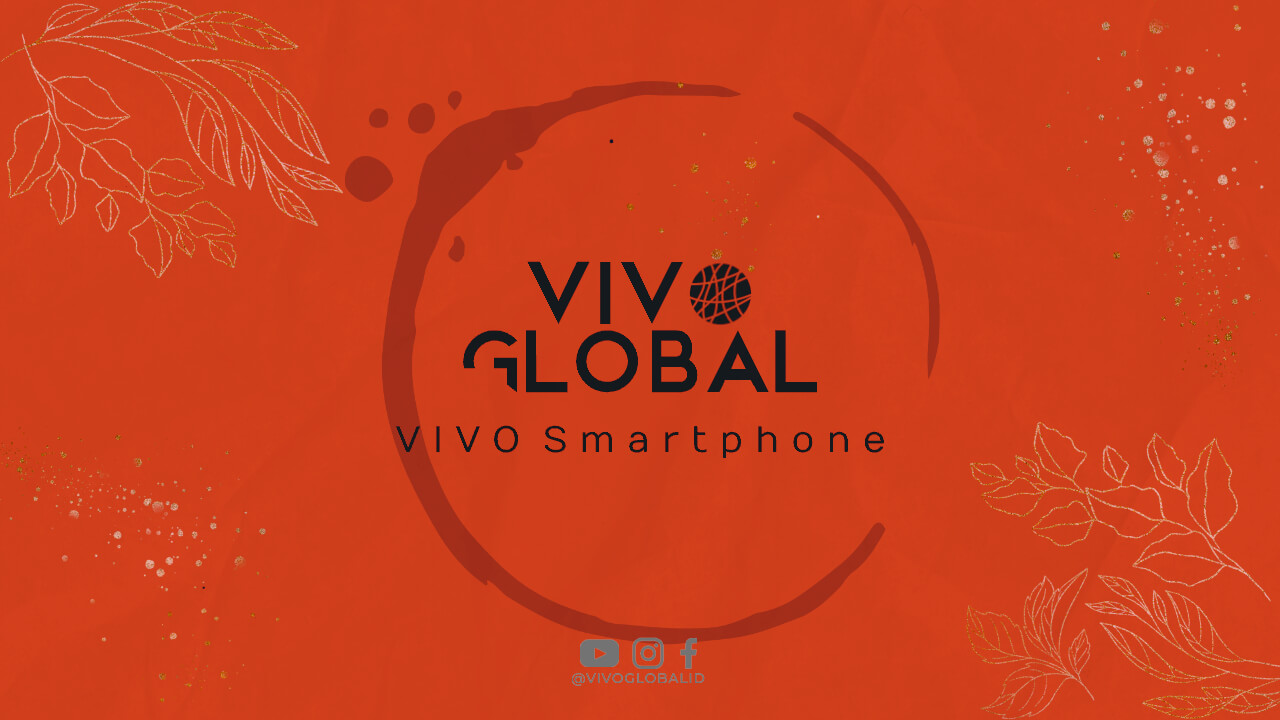Indonesia, the world’s largest archipelago, is home to a rich and diverse history that dates back thousands of years. One of the most fascinating chapters of this history is the story of the prehistoric people who first settled in Indonesia. These early settlers left behind a wealth of artifacts and clues about their lives, which have helped historians and archaeologists piece together a picture of what life was like in Indonesia long before recorded history.
The Arrival of the First Humans in Indonesia
The first humans to arrive in Indonesia are believed to have come from China and India more than 1.5 million years ago. These early humans were known as Homo erectus and were the first known human species to leave Africa. They settled in what is now Java and Sulawesi, where they lived for thousands of years.
Over time, these early humans developed new technologies and ways of life. They learned to make stone tools, hunt animals, and gather plants. They also developed a complex social structure and language, which allowed them to communicate and cooperate with each other.
The Rise of the Neolithic Age
Around 4,000 years ago, Indonesia entered the Neolithic Age, which marked a major turning point in human history. During this time, people began to settle in permanent villages and developed agriculture. They also began to use more advanced tools and weapons made of stone, bone, and wood.
One of the most important archaeological discoveries from this time is the megalithic culture of Nias Island. This culture is known for its massive stone monuments, which were used in religious rituals and as symbols of social status.
The Arrival of the Austronesian People
Around 2,500 years ago, a new group of people arrived in Indonesia. These were the Austronesian people, who came from Taiwan and brought with them new technologies, such as boat-building and metalworking.
The Austronesians settled in many parts of Indonesia and established powerful kingdoms, such as the Srivijaya and Majapahit empires. They also brought with them new crops, such as rice, which transformed the way people lived and ate in Indonesia.
The Importance of Prehistoric Indonesia
The prehistoric era of Indonesia is an important part of the country’s history and culture. It is a reminder of the diversity and resilience of the human race, and of the ingenuity and creativity of our ancestors. It also provides a window into the past, allowing us to learn from the mistakes and successes of those who came before us.
As we continue to explore and study the prehistoric era of Indonesia, we are sure to discover new and exciting insights into our shared human history. Whether through archaeology, anthropology, or other fields of study, the legacy of Indonesia’s prehistoric people will continue to inspire and fascinate us for generations to come.
Conclusion
The prehistoric people of Indonesia were the first humans to settle in the archipelago and laid the foundation for the rich and diverse culture that exists today. From the early Homo erectus to the Austronesians, these people left behind a wealth of artifacts and clues that have helped us piece together the story of their lives. As we continue to explore and learn from this fascinating era of Indonesian history, we can gain a greater appreciation for the complexity and resilience of the human race.




